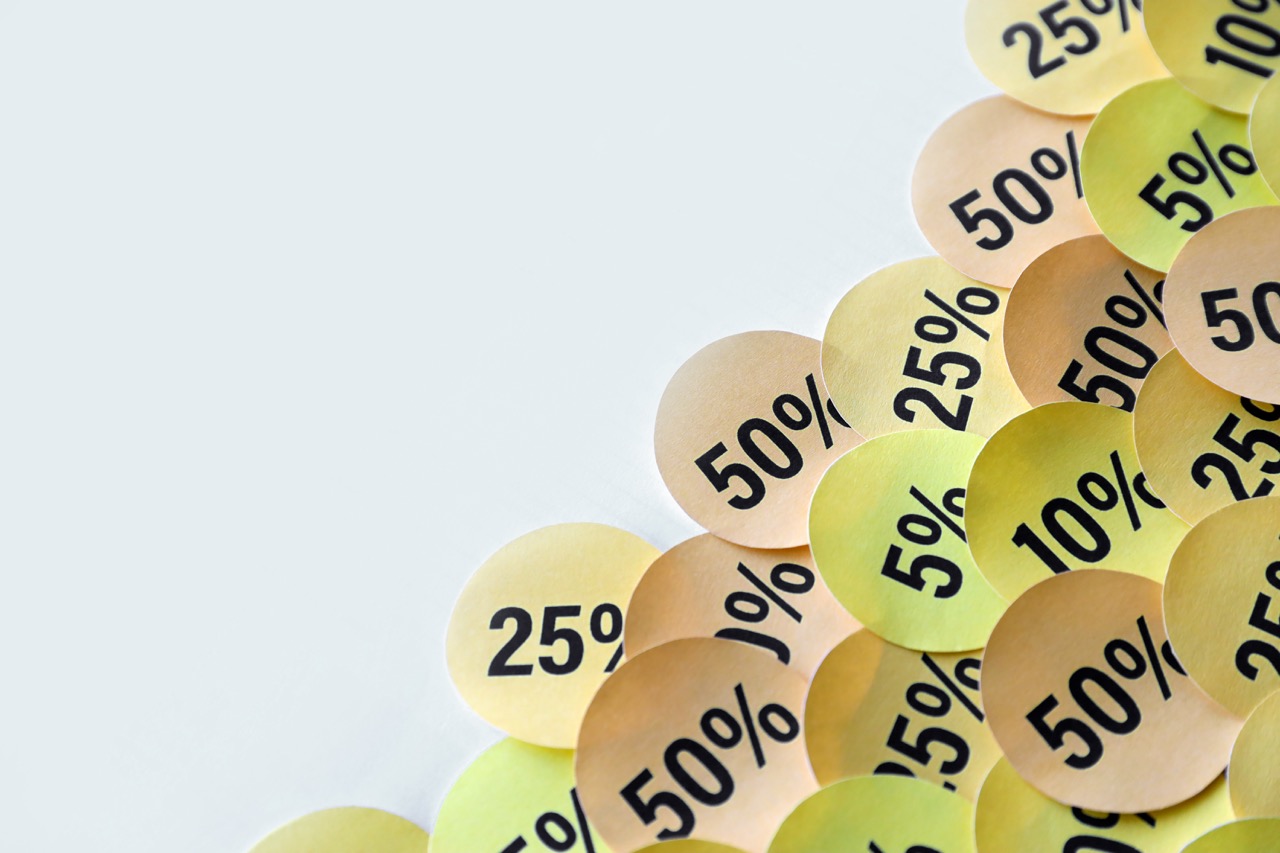
Frameworks, core principles and top case studies for SaaS pricing, learnt and refined over 28+ years of SaaS-monetization experience.
Thank you! Your submission has been received!
Oops! Something went wrong while submitting the form.


Pricing is not just about numbers – it’s also about perception and psychology. Research has shown that subtle cues like the way numbers are presented, the order of packages and the presence of decoy options can significantly influence purchasing decisions . In 2025–2026, as competition intensifies, SaaS companies are experimenting with behavioral techniques to improve conversion rates while maintaining transparency and trust.
Charm pricing uses prices ending in 9 (e.g., $29.99) to make products feel less expensive than they are. Odd‑even pricing sets prices just below a round number (e.g., $99 instead of $100) to create a perception of value . Bundling packages multiple services together at a price lower than the sum of individual parts, encouraging customers to buy more. High‑low pricing launches products at a higher price and offers periodic discounts, appealing to bargain hunters . Trial pricing offers an initial discount for a limited time to reduce the barrier to entry. Center‑stage pricing presents three tiers where the middle tier is designed to look like the “best value”, nudging buyers towards it. Decoy pricing introduces a less attractive option to steer customers toward a desired choice .
While psychological techniques can increase conversion, they must be employed ethically. Overly manipulative tactics can backfire if customers feel deceived. To maintain trust:
Combining behavioural insights with data‑driven optimization allows SaaS firms to design pricing pages that both attract customers and increase average order value without sacrificing trust.
Join companies like Zoom, DocuSign, and Twilio using our systematic pricing approach to increase revenue by 12-40% year-over-year.